by: @1Pole
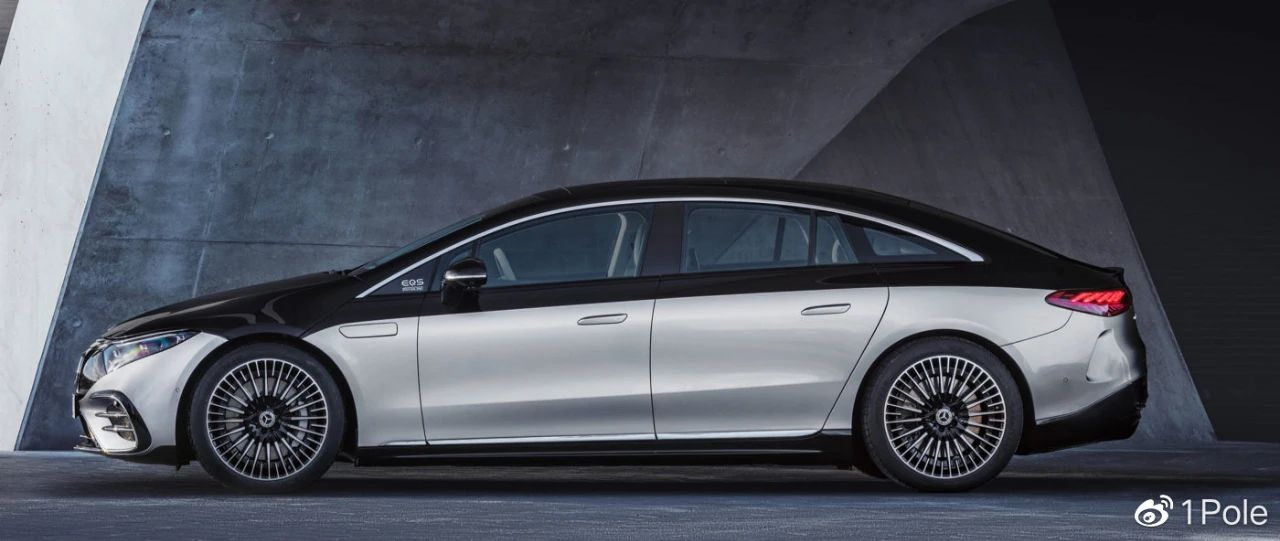
It has been a month since the online launch of the Mercedes-Benz EQS on April 15th. The media’s static experience and reviews have passed, and everyone has had a certain amount of time to adapt to the appearance and interior of this car. Let’s talk briefly about my thoughts on the design of Mercedes-Benz’s first pure electric flagship.
Although EQ usually stands for “Emotional Quotient” in English, the EQ in the title (Electrical Quotient) is just my made-up “Electric Quotient”, not Mercedes-Benz’s official explanation.
Although it takes some getting used to, overall, the design of the EQS is successful
To put it bluntly: when evaluating new things, people are accustomed to using past standards, and it is understandable, but not necessarily applicable.
As an electric sedan (Mercedes-Benz’s positioning of EQS is a luxury saloon, not the four-door coupé of CLS), the reason why some people feel that the EQS is ugly is mostly because they have chosen the classic three-box sedan as the evaluation standard.
At the level of luxury large sedans, the design elements of a fuel-powered sedan, such as the long front and rear of the car body, short front overhangs and long rear overhangs, and more upright and thick C-pillars, have been formed after many years of evolution with the Mercedes-Benz S-Class as the benchmark.
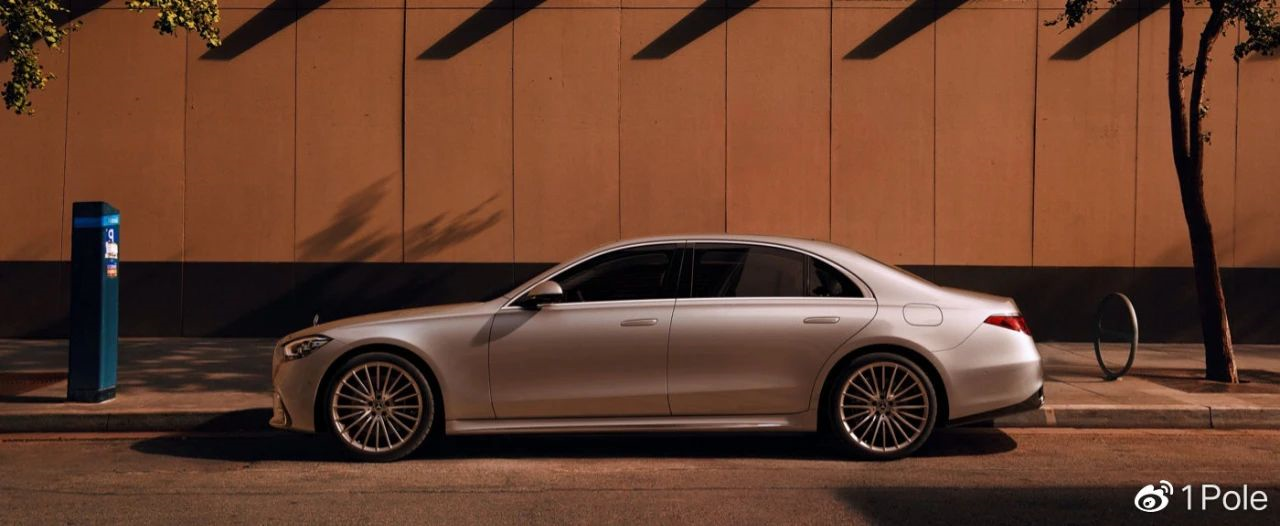
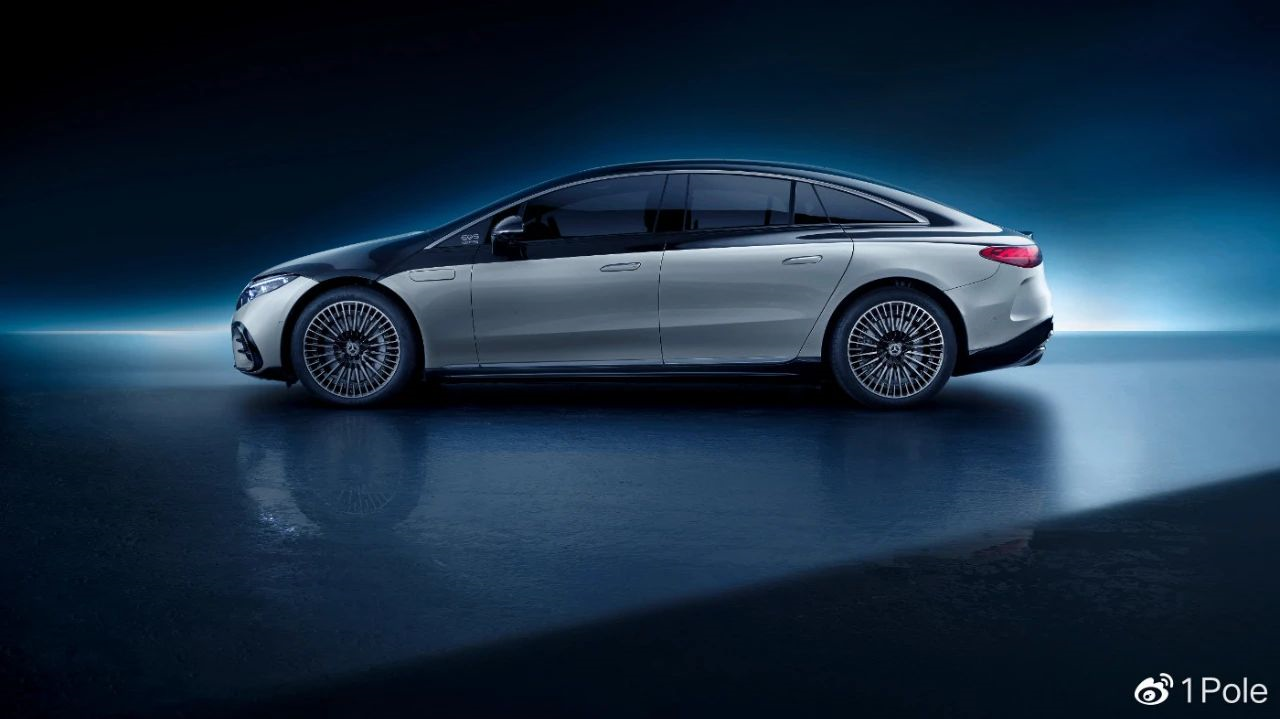
The key is that after the engine and multi-gear transmission are eliminated, and the power battery and electric motor are used instead, the proportion and layout of the three “boxes” of an electric sedan can, and should be, different from that of a traditional three-box sedan.
The two most important changes that this brings are: the ratio of the middle passenger cabin can be increased to improve the performance of the interior space; at the same time, in terms of technology, in order to reduce aerodynamic drag, it is also necessary to consider abandoning the more commonly used double-arch design of the traditional three-box car roof (the roof has an obvious straight section, and there is a radius between the A-pillar and the roof, and between the roof and the C-pillar).
Therefore, the cabin of the EQS uses a large-span single-arch design: the A-pillar and C-pillar (D-pillar) are more inclined, the A-pillar is moved forward, the C-pillar is moved rearward, and the rear window is also opened after the rear wheel center. It takes into account a relatively large longitudinal space, a relatively suitable headroom, and low aerodynamic drag (the drag coefficient can be as low as 0.20, a new low for mass-produced cars).# Luxury Brand’s Pure Electric Products: How to Achieve Luxury?
The conveyance of luxury value of automotive products involves many aspects, such as design, workmanship, materials, decoration, power, handling, NVH, and intelligent experience, and so on.
Due to the technical characteristics of electric drive, electric vehicles have inherent advantages over traditional fuel vehicles in terms of power, handling, NVH, and even intelligent configuration is more suitable for electric platforms. Apart from these aspects, the impact of design, workmanship, materials, and decoration on the luxury properties of electric vehicles is still very important.
Tesla has been using the single arch design, but the EQS design undoubtedly goes further, with a long body matched with a relatively short double arch roof and a more traditional A-pillar position. In the future, the double arch design of electric vehicle roof may be more common in SUV, MPV or crossover vehicles.
Compared to the S-Class, besides the huge change in proportion, EQS has fewer seams and a more rounded surface. Mercedes-Benz’s chief designer Wagner has also revealed the intention to abandon sharp lines. In EQS, Mercedes-Benz has eliminated the sharp waistline that still exists in the new S-Class (V223) but is weaker than the previous generation (W222), and the protrusion of the sill line is also weaker. At the same time, the front hood covers the side of the car directly, and the corners of the car body and the protruding shoulder are also more rounded.I personally think that while local sharp lines may be greatly reduced or even disappear, in the future, more round and three-dimensional body shapes are expected to become one of the design elements of Mercedes-Benz luxury electric cars. However, there will be differences in specific applications on different models.
In models with a certain sporty positioning, such as sedans, the curve changes will be more dynamic; while on MPV models, they will be relatively flat and steady. With the replacement of larger rounded three-dimensional curves for the past “flat surfaces + sharply protruding sharp lines” design, the combination of lines and surfaces has become more profound. Cars can further get rid of past decorative lines and the cold industrial flavor of machines, and achieve higher levels of simplicity, more infectious dynamics, more tension changes in light and shadow, and more rich texture.
In this way, Mercedes-Benz’s “sensual purity” design philosophy will gain new expressions. This trend of surface changes is to some extent represented in the recently released EQT concept car.
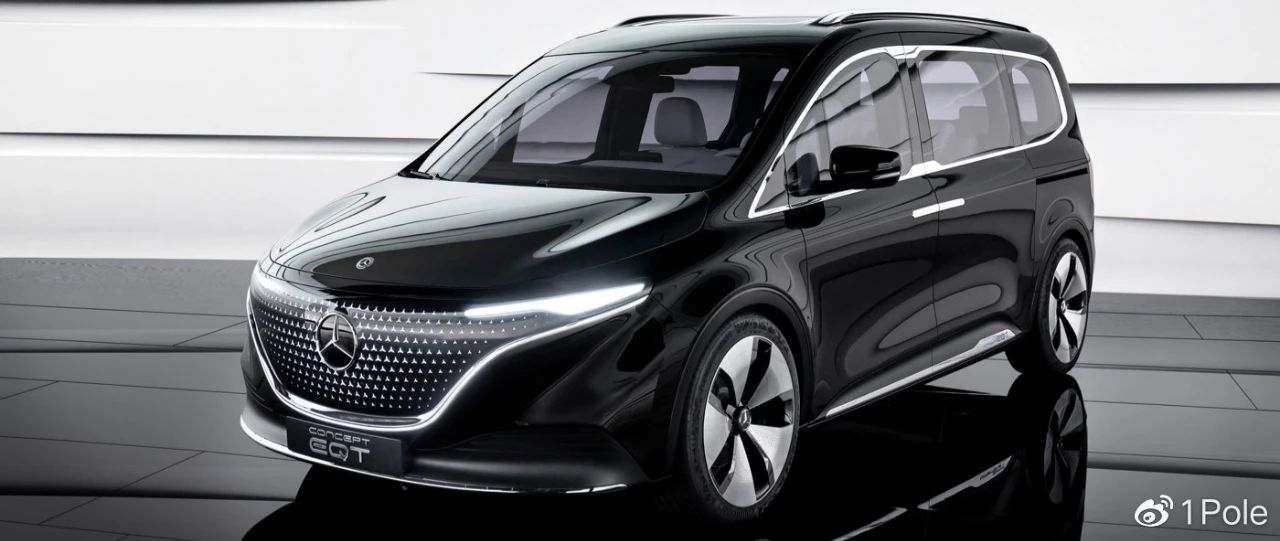
Traditional luxury car brands have different approaches to demonstrating luxury in terms of materials and decorations (workmanship is inherent in both). For example, Rolls-Royce and Bentley are good at laying large areas of real leather, solid wood, and glossy metal in their products, while Bentley likes to use a large number of shaping complex metal decorative pieces and complex leather stitching.
Compared with the previous generation (W222), the new S interior uses simpler and heavier metal decoration, and the lines are more straight; and compared with the new S-Class, the metal decoration in the EQS interior is further reduced.
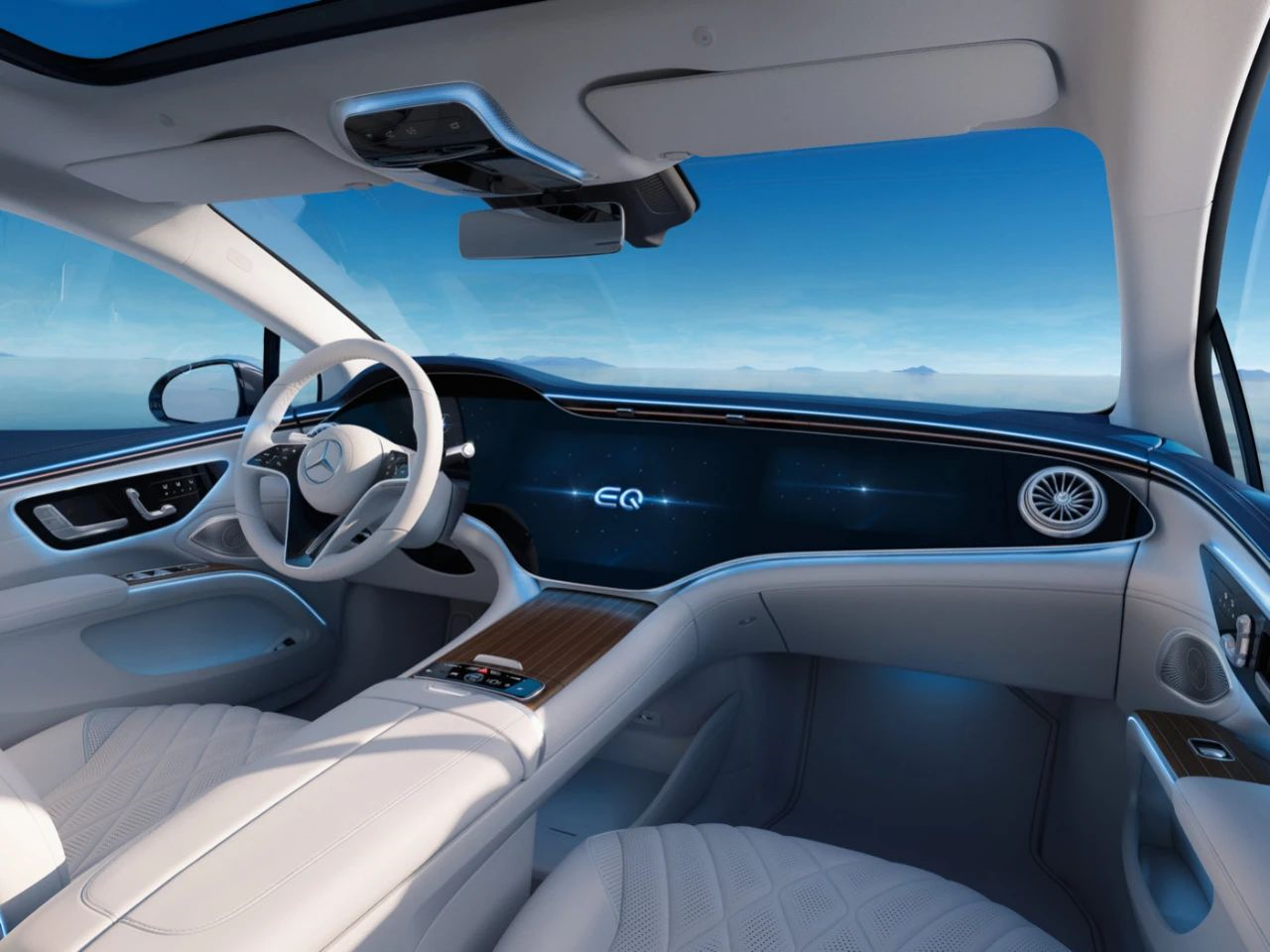
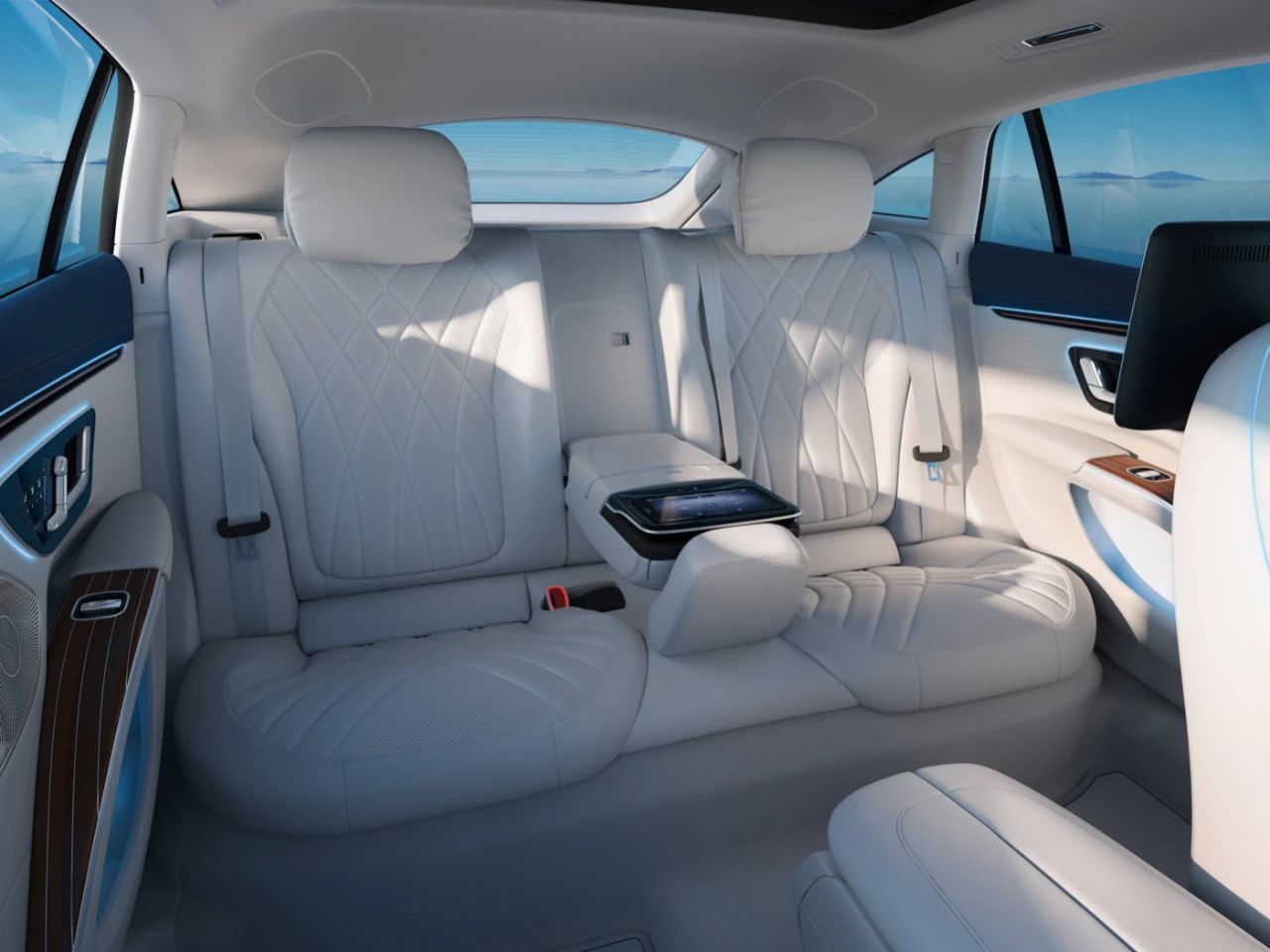
It can be roughly foreseen that besides directly expressing luxury through materials, metal decoration will still be an important means for electric cars to express luxury. However, for brands like Mercedes-Benz that need to inherit classical luxury and apply cutting-edge technology, they cannot use metal decorations almost entirely like sports brands such as Ferrari, nor can they use heavy decorations like top luxury brands such as Bentley. In the future, there may be more possibilities for using matte metal decorations.
Some parts of the EQS exterior are over-decorated (such as a wheel with a three-pointed star decoration that was launched this time, and it is uncertain whether it will be directly applied to mass-produced cars).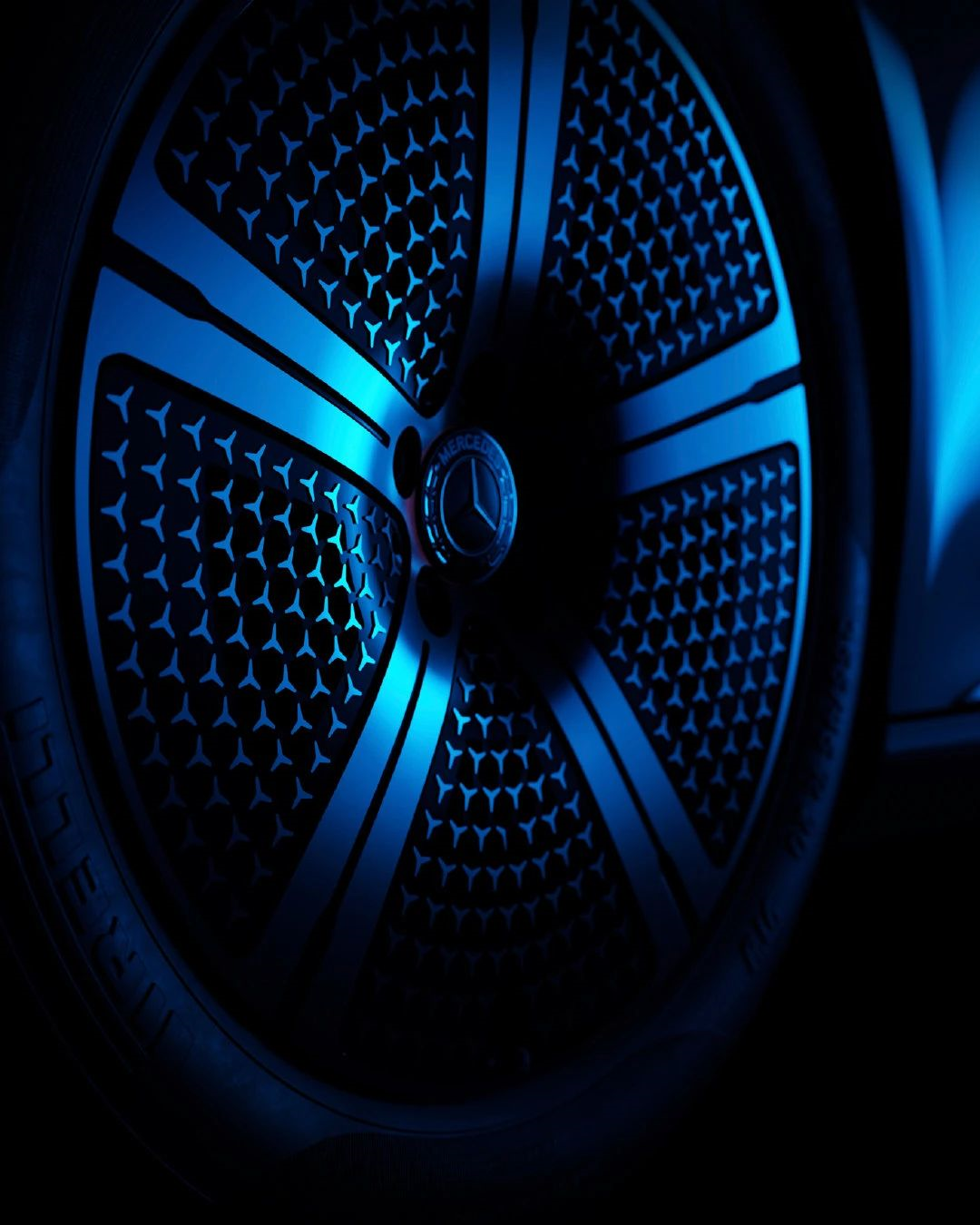
From the EQT concept car recently launched by Mercedes-Benz, it can be seen that applying heavy decorations on luxury MPV models is a great exploration of luxury decoration. The wide polished wheels, the closed grill with a deep black base color and the triple stars spread all over it, the shiny metal mesh edges, door handles, window seals, roof racks, the large shiny metal surface of the interior and trunk partition, even the leather suitcase with triple star pattern that comes with the concept car, all contribute to a great transmission of luxury value. This even achieves a good effect of luxury leather goods that is usually found in luxury products.
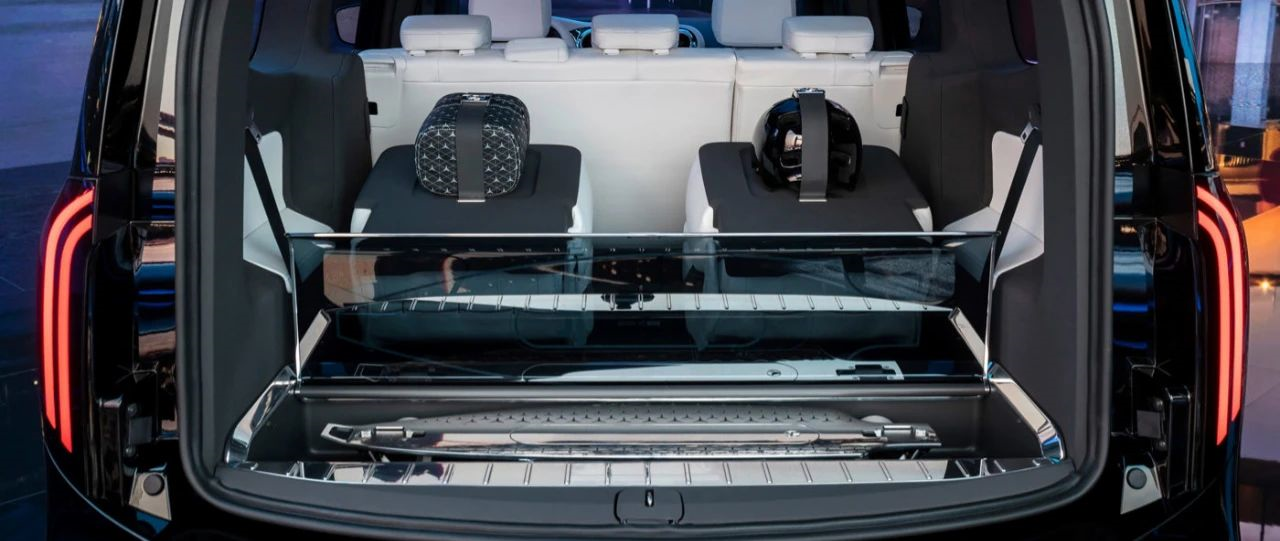
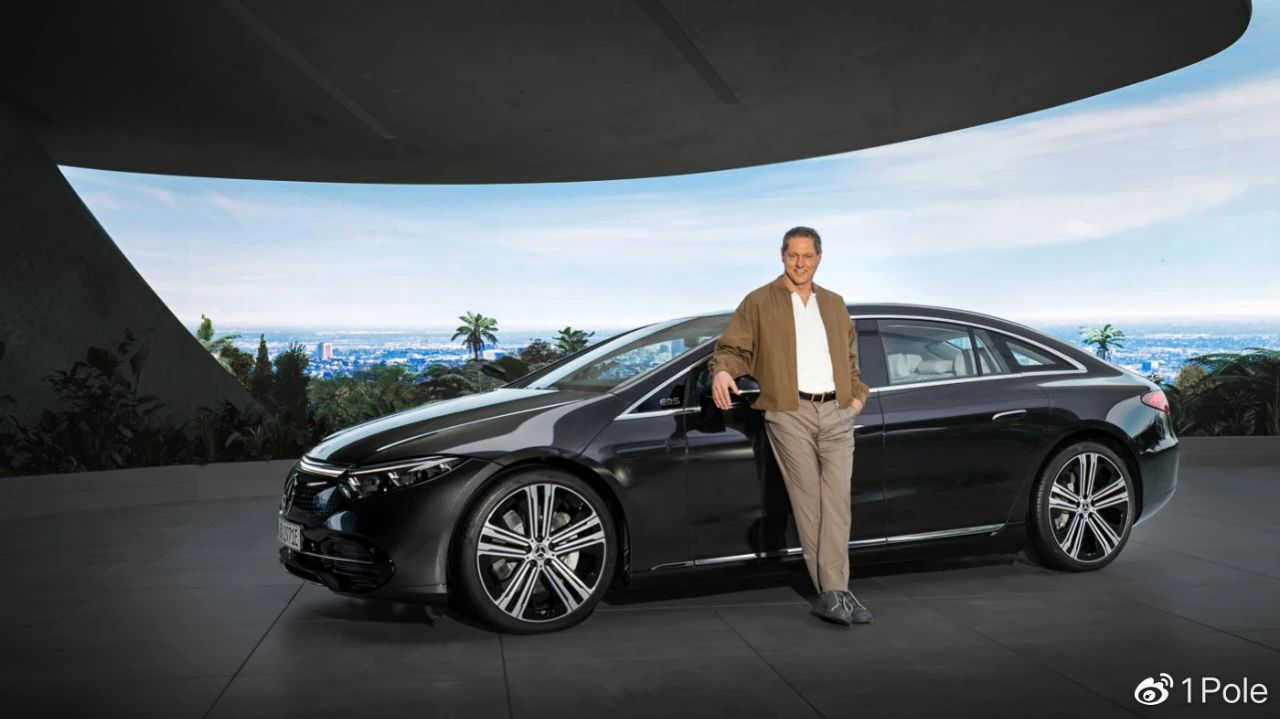
The above discussion on design proportions, surfaces, and decorations reflects Mercedes-Benz’s goal of “injecting true luxury to electric and connected car travel” (as said by Markus Schäfer, Member of the Board of Management of Daimler AG and Mercedes-Benz AG, responsible for Group Research and Mercedes-Benz Cars COO).
Perhaps this is an era when traditional fuel car shapes are collapsing, and new benchmark designs may not yet be fully available in the short term. EQS may still not be a highly anticipated car at the moment, but it can be said that, given the current technological conditions, Mercedes-Benz still provides a highly innovative luxury electric car design. There is often a conflict between the expectations of spectators and the products of manufacturers, whether it is breakthroughs or gradual improvements, sudden changes or gradual changes. Ultimately, the manufacturer’s ability to apply new technology, not just invention, and the product maturity as a whole package, are the key to determining its future success.
As for judging whether Mercedes-Benz’s electric flagship car is successful, one needs to look at the actual user experience and it is premature to conclude on this generation of cars. To this day, Mercedes-Benz still leads the industry in design coordination, elegant posture, high-quality surfaces and streamlined lines, excellent product texture and overall user experience, while at the same time inheriting classic luxury and keeping up with the times or even leading industry technology as a whole automobile manufacturer.
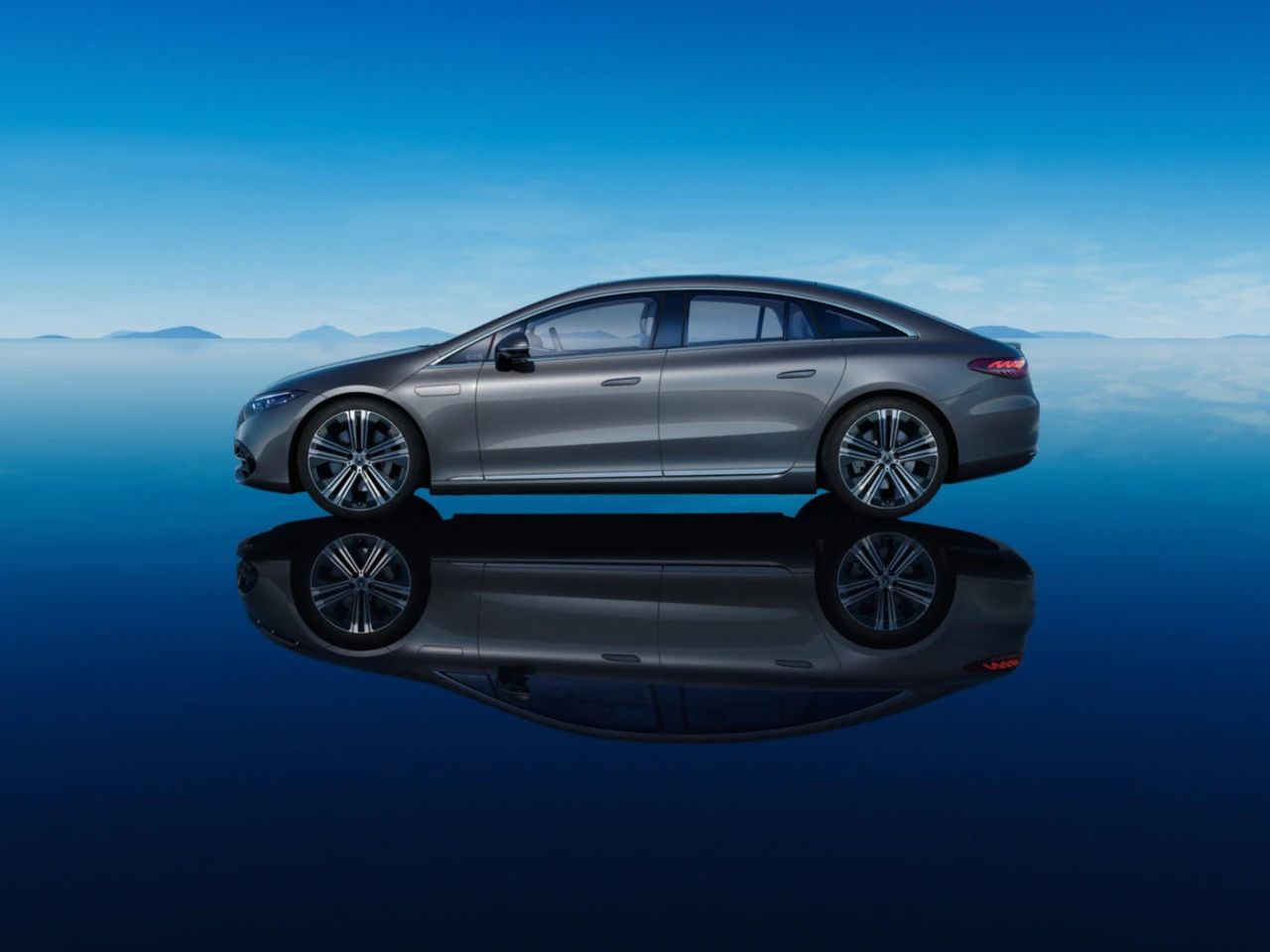 Just like the transition from functional phones to smartphones, and from mechanical to electronic and smart watches, the power of the electric car era has become universally saturated, no longer a value element that distinguishes luxury and regular brand products, but rather like the timing function of electronic and smart watches.
Just like the transition from functional phones to smartphones, and from mechanical to electronic and smart watches, the power of the electric car era has become universally saturated, no longer a value element that distinguishes luxury and regular brand products, but rather like the timing function of electronic and smart watches.
Some argue that electric cars are more like electronic products than mechanical ones, but broad design, materials, and workmanship will still serve as important means of conveying product value. Otherwise, the electrification of luxury brands may lead to a decrease in product value.
If handled properly, traditional high-quality elements such as design, materials, and workmanship can be revitalized in new products. In these areas, Apple has already provided a good example in the field of electronic products.
Compared to the past, in the era of electric cars, the existence of cars as tools may be lower. Technological advances make the passenger space of electric cars larger, and the industry may welcome the trend of “cars receding and people advancing”. If one observes the relationship between the passenger compartment and body of S-Class and EQS (especially from a top view), one can already see this change.
Not only is the proportion of the passenger compartment larger, the wheels of the electric car are also closer to the four corners of the car body, which may bring larger approach and departure angles. Electric cars themselves also have better power performance, and there are huge changes in power unit volume and layout.
Various factors may further reduce the differences in shapes of various cars (sports cars, sedans, SUVs, MPVs, etc.), and even point to new cross-border forms.
As mentioned at the beginning of the article, Mercedes-Benz positions the EQS as a luxury sedan rather than a four-door coupe, but is EQS the only flagship luxury sedan of Mercedes-Benz in the electric car era? Looking at the changes in the industry and Mercedes-Benz itself, the shape of future electric large cars and mainstream electric cars has great imaginative space.
Finally, the upcoming EQS SUV is worth looking forward to.
This article is a translation by ChatGPT of a Chinese report from 42HOW. If you have any questions about it, please email bd@42how.com.